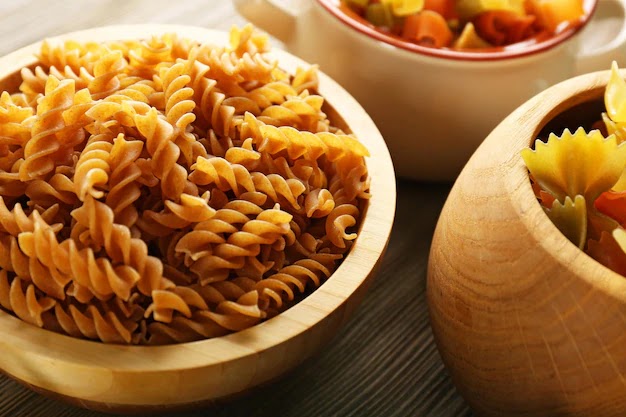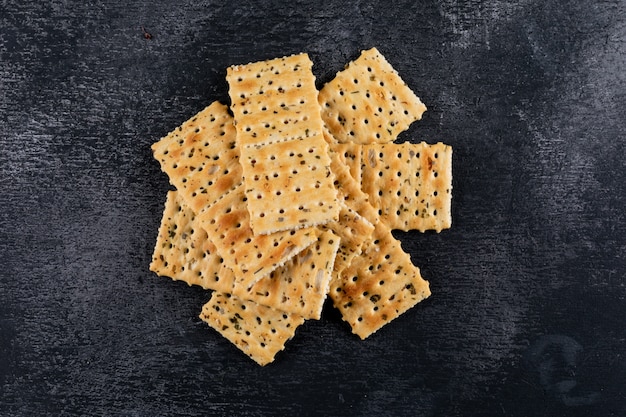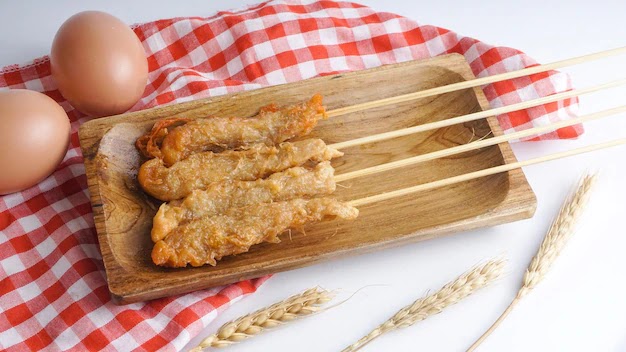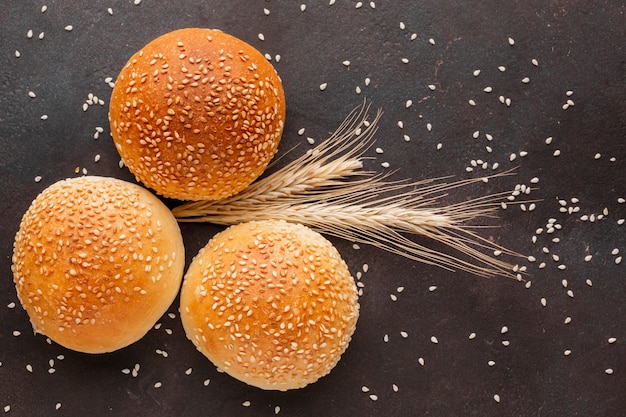How to make wheat pasta
Are you looking to cook healthier alternative to traditional pasta? Look no further! In this article, we will guide you through the process of making wheat pasta from scratch, let's Dive now. Not write only is wheat pasta a great option for those seeking a more nutritious meal, but it also offers a delightful taste and texture that will leave you craving for more. So you now, let's roll up our sleeves and get cooking now!
Introduction: Embracing the Benefits of Wheat Pasta
When it comes to pasta, wheat pasta is an excellent choice and healthier. It is made from whole wheat flour, which retains the nutritious bran and germ layers of the wheat grain. This means that wheat pasta has rich in fiber, vitamins, and minerals, providing you with a more wholesome and satisfying meal option.
Gather Your Ingredients
To make your own wheat pasta, the following ingredients:
- Whole wheat flour
- All-purpose flour (optional for texture adjustment)
- Eggs
- Water
- Salt
Confirm that you have these ingredients ready before you begin the pasta-making process.
Preparing the Dough: Mixing and Kneading
1. Begin by combining whole wheat flour and all-purpose flour (if using) in a large mixing bowl. The all-purpose flour can be added to adjust the texture if you prefer a smoother pasta.
2. Create a well in the center of the flour mixture and crack the eggs into it.
3. Gradually incorporate the flour into the eggs using a fork or your fingertips. Continue until a rough dough forms.
4. Add enough water to bring the dough together. Knead the dough until it becomes smooth and elastic.
Resting the Dough: Allowing Time for Gluten Development
Cover the dough with a clean kitchen towel and set aside for 30 minutes. This resting period allows the gluten in the dough to relax and develop, making it easier to roll out later.
Rolling and Cutting the Pasta Sheets
1. After the resting period, divide the dough into smaller portions for easier handling.
2. Take one portion of the dough and flatten it slightly with your hands.
3. Using a pasta machine or a rolling pin, roll out the dough into thin sheets. Dust the dough and the surface with flour as needed to prevent sticking.
4. Once you have rolled out the sheets, you can cut them into your desired pasta shape. Options include fettuccine, linguine, or even lasagna sheets.
Cooking Your Wheat Pasta to Perfection
1. Fill a large pot with water and bring it to a rolling boil.
2. Add salt to the boiling water and carefully drop in the freshly made wheat pasta.
3. Cook the pasta for the recommended time stated on the package or until al dente, which means it is cooked but still slightly firm to the bite.
4. Once cooked, drain the pasta using a colander and rinse it briefly with cold water to stop the cooking process.
5. Your wheat pasta is now ready to be used in a delicious recipe or enjoyed with your favorite sauce.
Delicious Wheat Pasta Recipes to Try
1. Creamy Garlic Parmesan Wheat Pasta
2. Fresh Tomato and Basil Wheat Pasta
3. Lemon Herb Shrimp Wheat Pasta
4. Roasted Vegetable Wheat Pasta Salad
5. Spinach and Feta Stuffed Wheat Pasta Shells
Feel free to take a look at these recipes and get creative with your toppings and sauces to enhance the flavors of your wheat pasta recipe.
Health Benefits of Wheat Pasta
Wheat pasta offers several health benefits compared to traditional pasta made from refined flour. Here are a few key advantages:
1. High in fiber: Whole wheat pasta is a great source of dietary fiber, aiding in digestion and promoting a feeling of fullness.
2. Nutrient-rich: Wheat pasta contains essential vitamins and minerals, including B vitamins, iron, and magnesium.
3. Lower glycemic index: Wheat pasta has a lower glycemic index than refined pasta, which means it has a less significant impact on blood sugar levels.
By incorporating wheat pasta into your diet, you can enjoy a delicious meal while reaping its nutritional benefits.
Tips for Storing and Reheating Wheat Pasta
To store cooked wheat pasta:
1. Allow the pasta to cool completely.
2. Toss it with a little olive oil to prevent sticking.
3. Place it in an airtight container and refrigerate for up to three days.
To reheat the pasta:
1. Bring a pot of water to a boil.
2. Add the refrigerated pasta and cook for a few minutes until heated through.
3. Drain and serve as desired.
Conclusion
Making your own wheat pasta is a rewarding culinary experience. By following the steps outlined in this article, you can enjoy a wholesome and delicious alternative to traditional pasta. Embrace the benefits of whole wheat and explore various recipes to create delightful meals for yourself and your loved ones.
FAQs (Frequently Asked Questions)
1. Is wheat pasta gluten-free?
No, wheat pasta contains gluten. If you have a gluten sensitivity or intolerance, consider exploring gluten-free pasta options made from alternative grains like rice, corn, or quinoa.
2. Can I freeze homemade wheat pasta?
Yes, you can freeze homemade wheat pasta. After cutting the pasta into your desired shape, lay it out on a baking sheet and freeze it until firm. Then transfer the frozen pasta to a freezer bag or container for long-term storage.
3. How long does it take to cook wheat pasta?
The cooking time for wheat pasta varies depending on the thickness and shape. Refer to the instructions on the package for the most accurate cooking time or taste test for desired doneness.
4. Can I mix wheat pasta with regular pasta?
Yes, you can mix wheat pasta with regular pasta to enjoy a blend of flavors and textures. This combination is especially useful if you're transitioning to whole wheat pasta and want to ease into the taste gradually.
5. Where can I find wheat pasta in stores?
Wheat pasta is widely available in most grocery stores. Look for it in the pasta aisle or the health food section.





